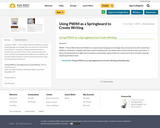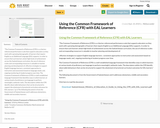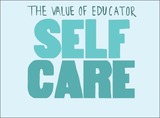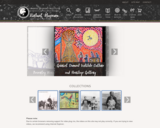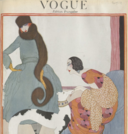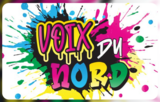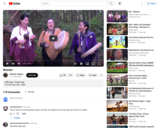"The Visible LearningTM research base is the culmination of his quest over the past 25 years to answer this question and represents more than 1,600 meta-analyses comprising more than 96,000 studies involving more than 300 million students around the world.
Through the Visible LearningTM research, John Hattie has identified more than 250 factors that influence student achievement. He then set about calculating a score or “effect size” for each, according to its bearing on student achievement. The average effect size of these 250 factors was 0.4, a marker that can be shown to represents an (average) year’s growth per year of schooling for a student. Any factor that has an effect size above 0.4 has an even greater positive effect on student learning.
Each of these factors have been categorized into one of nine domains
StudentFactors relating to background, beliefs, and physical influences
Home Factors relating to family resources, structure, and environment
School Factors related to school-type, pre-school, school composition, and leadership
Classroom Factors related to class composition, giftedness, and classroom influences
Teacher Factors relating to teacher attributes, teacher-student interactions, and teacher education
Curricula Factors related to various curricula programs
Student Learning Strategies Factors relating to self-regulation, student perspectives, and learning strategies
Teaching Strategies Factors relating to learning intentions, success criteria, feedback, and teaching strategies
Technology, School, and Out-Of-School StrategiesFactors relating to technology, school-wide methods, and out of school learning"

